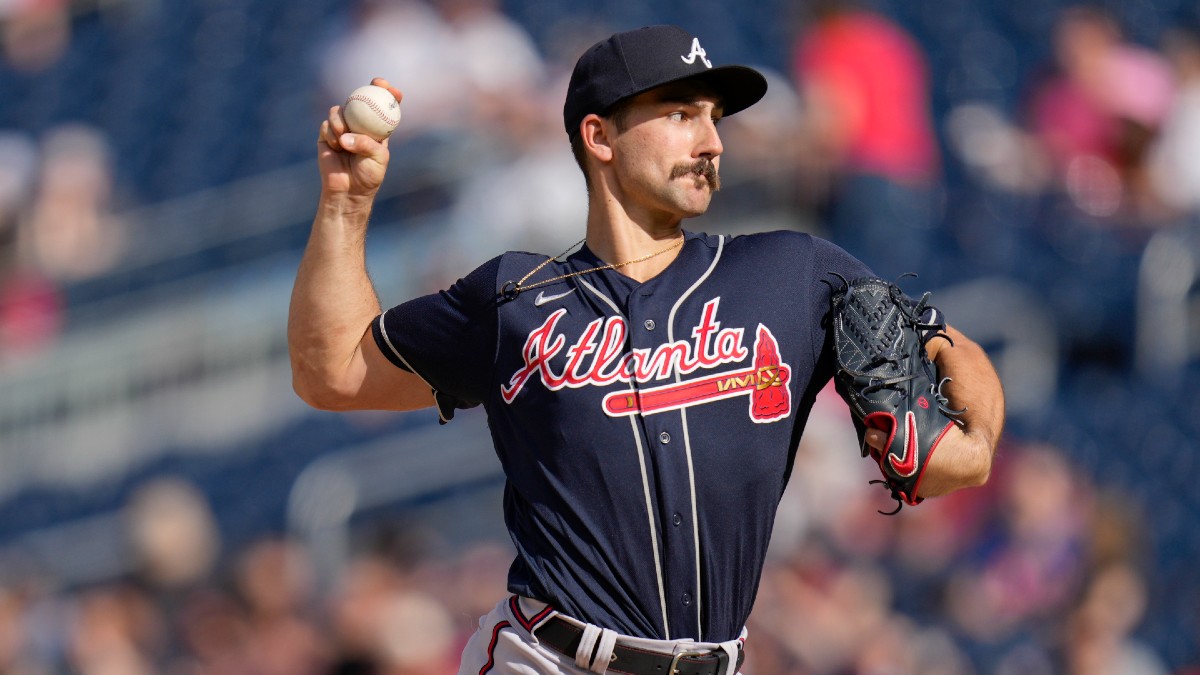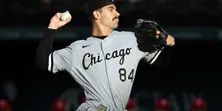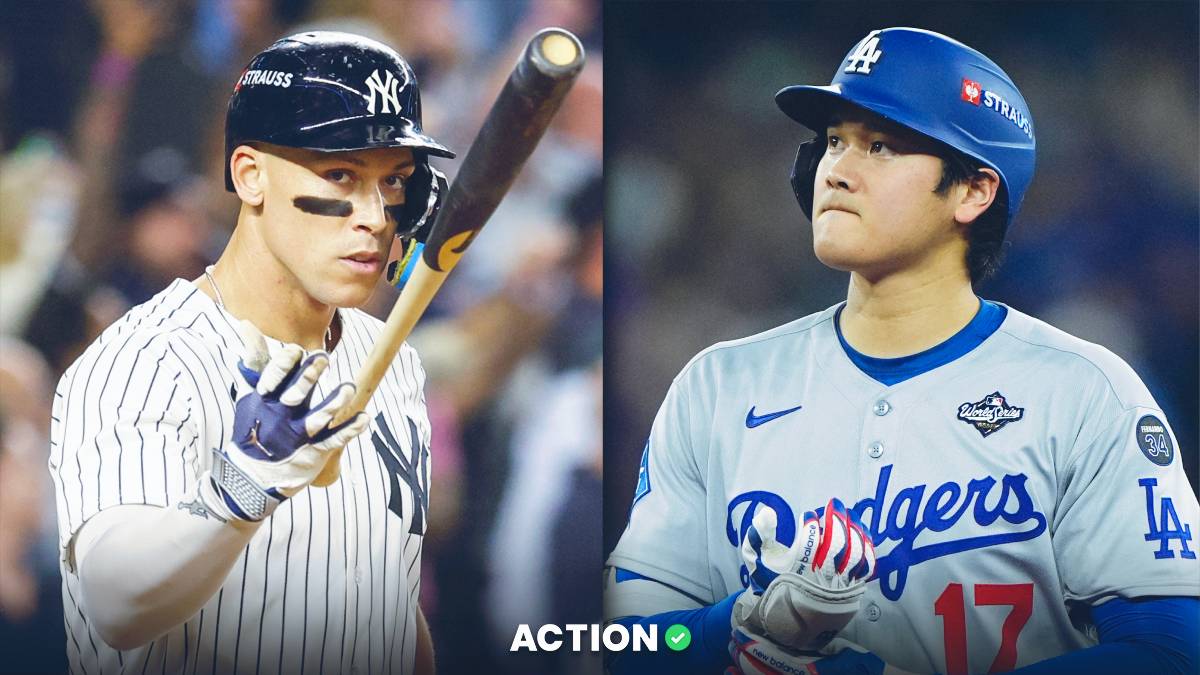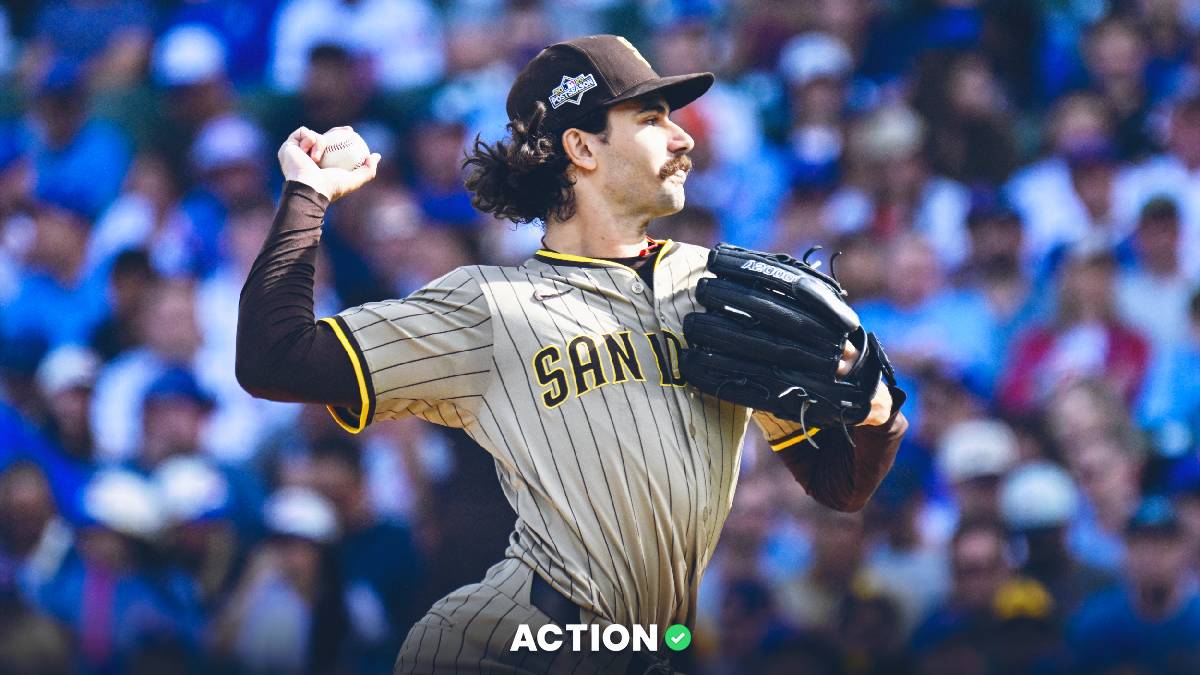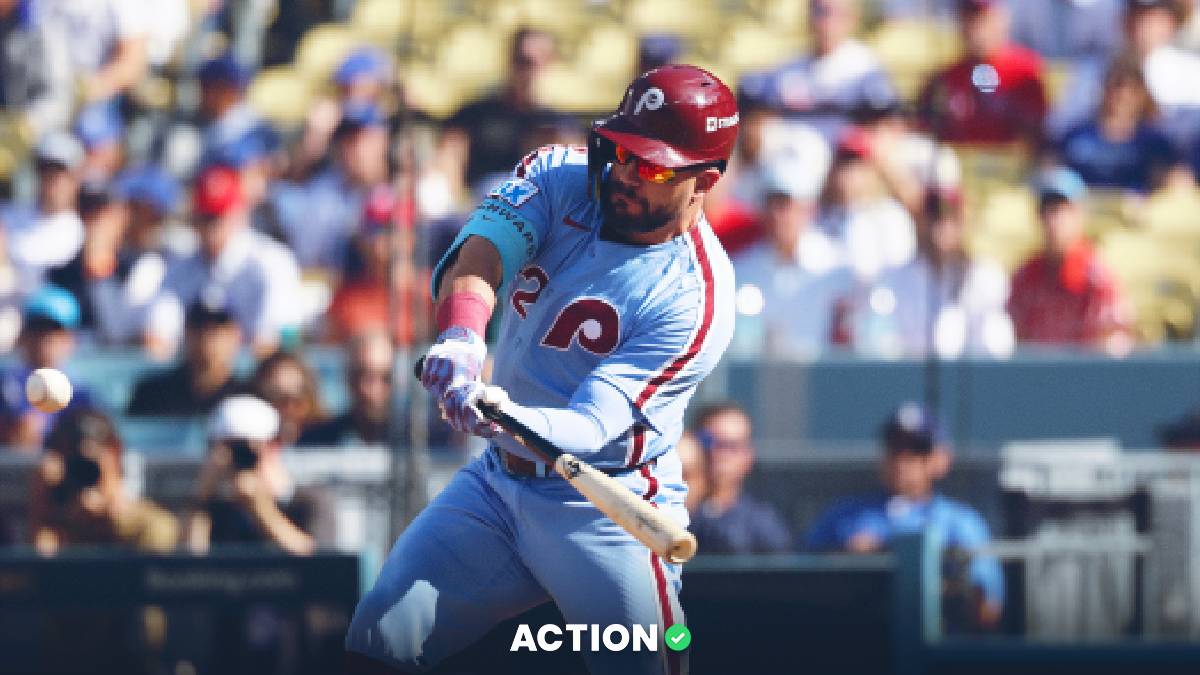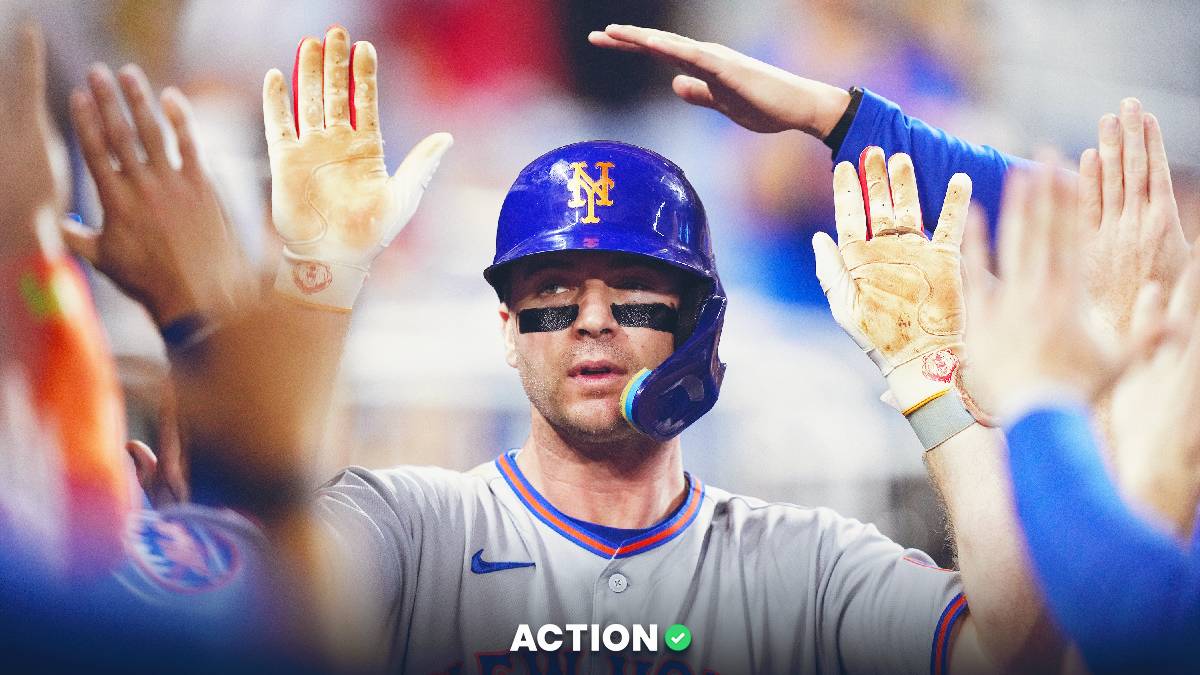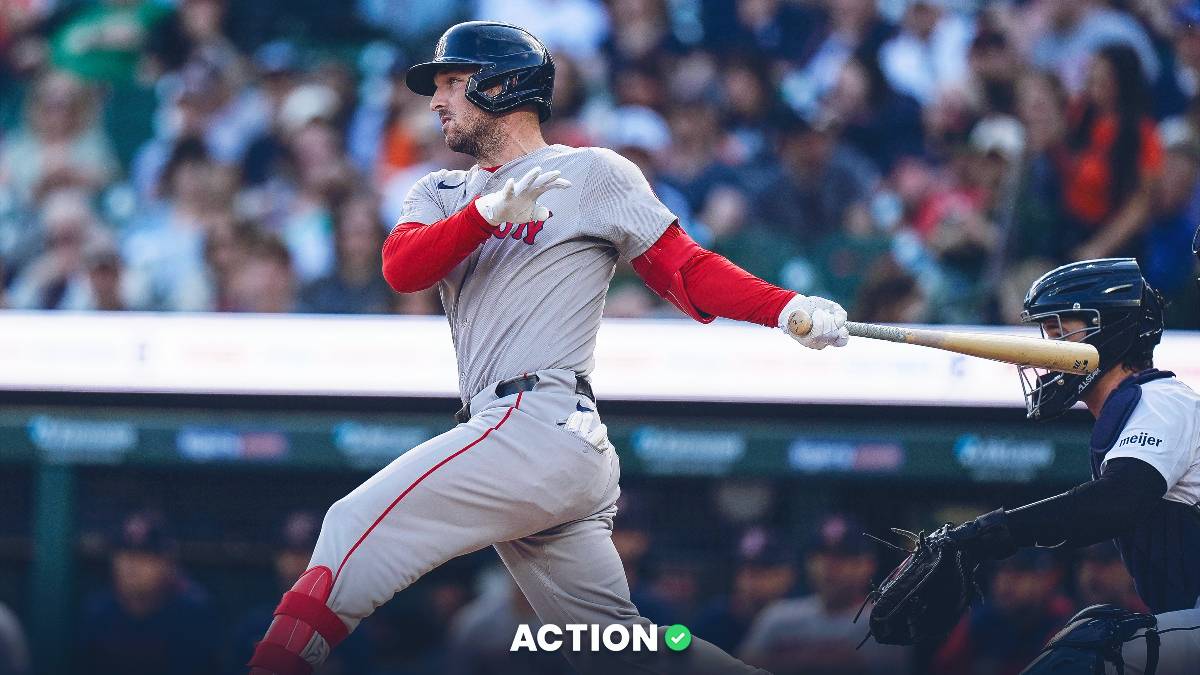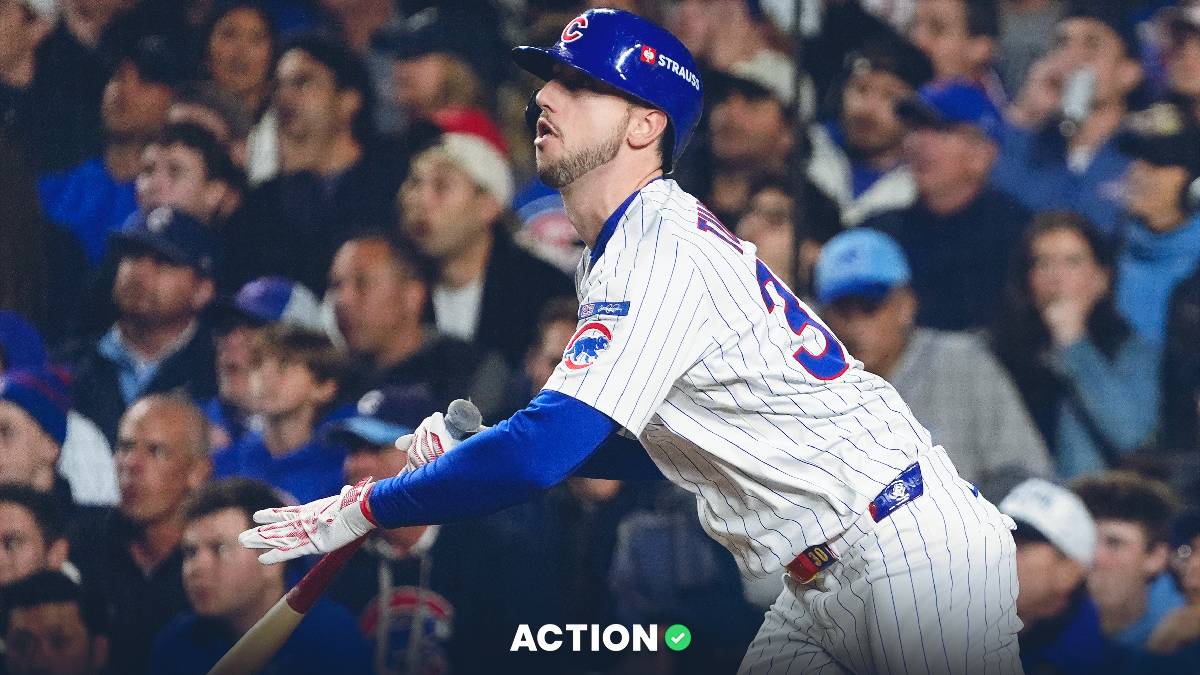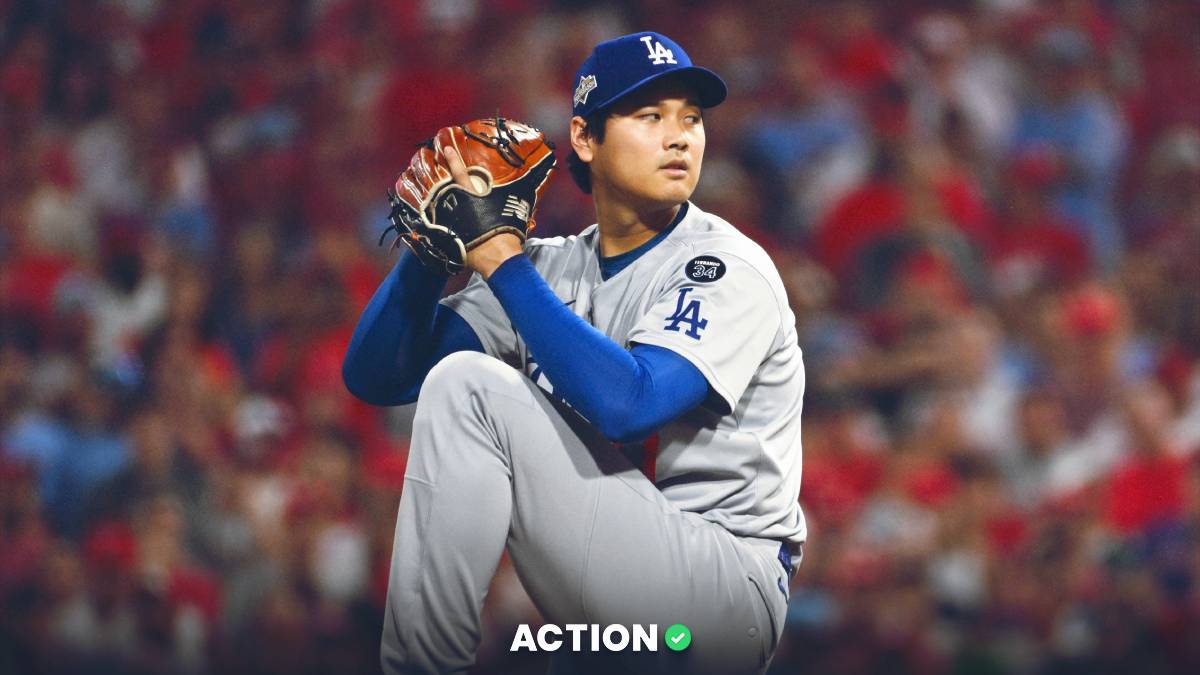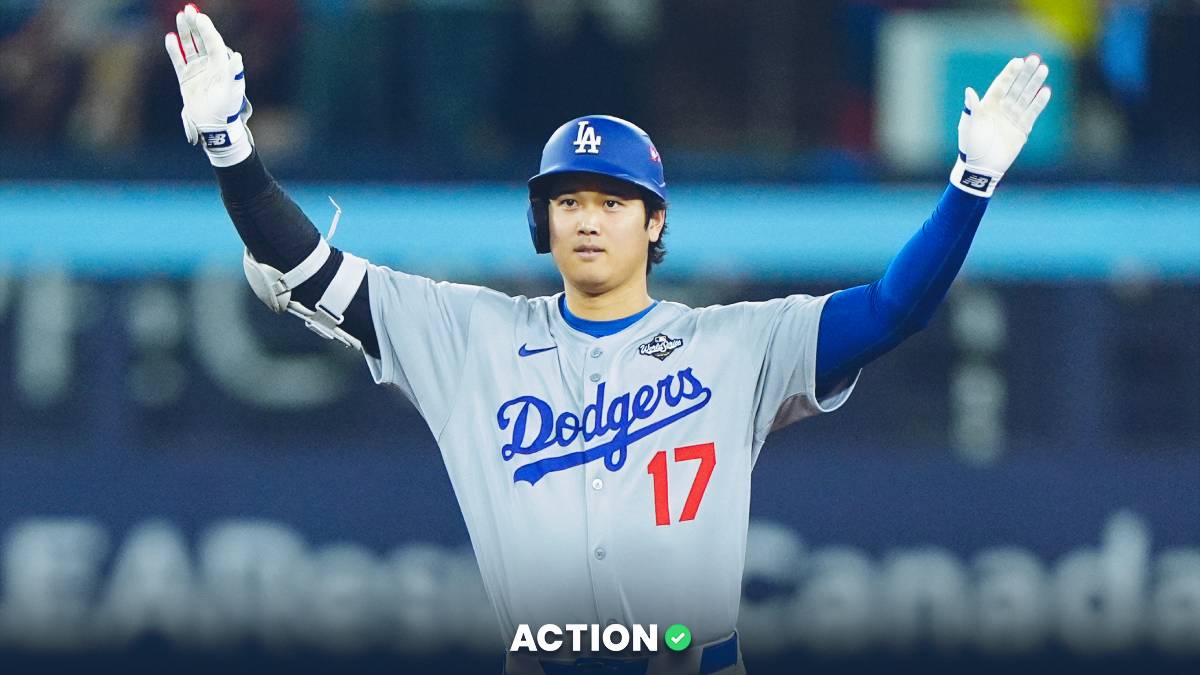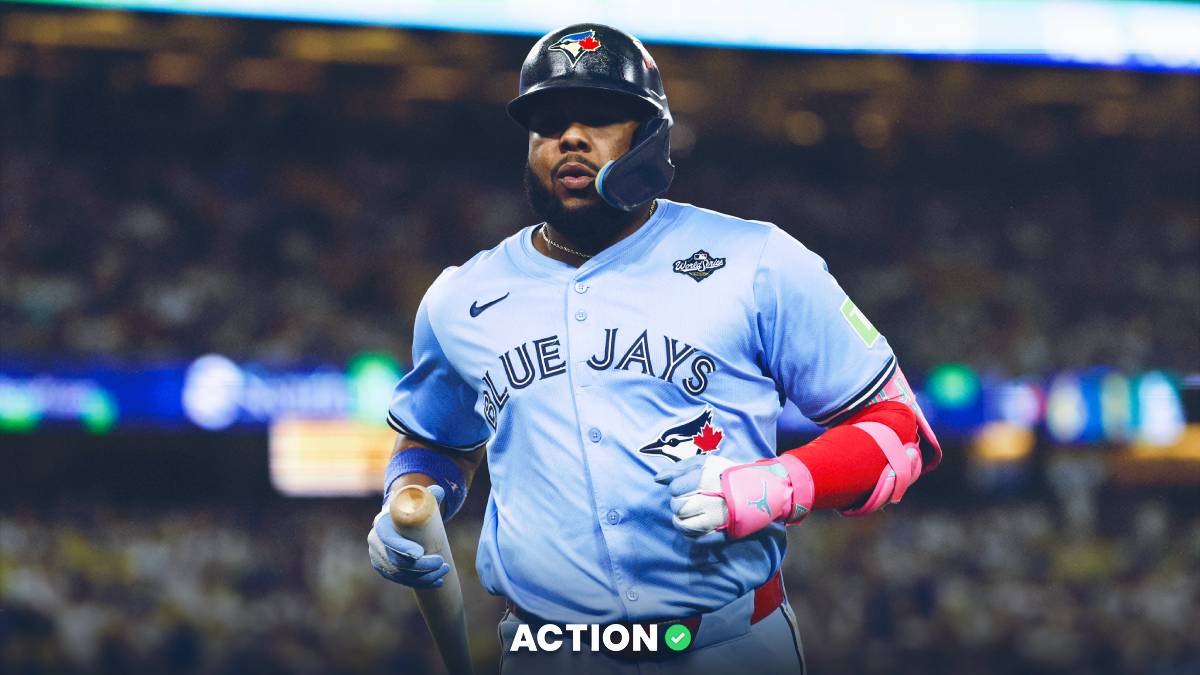I'm a firm believer in the efficiency of major betting markets: things like spreads, totals and moneylines. Only a small group of people can consistently beat these markets, and usually only if they get in early. However, that's not the case for every type of bet.
Last MLB season, there was an explosion of interest in the "No Runs First Inning" bet during MLB games. The concept is painstakingly simple: will either team score a run in the first inning of the game? Part of the fun is that it's close to a 50/50 proposition; league-wide, the rates are a bit under 50% for the past few seasons. It's also an incredibly fun sweat, needing just a few minutes to produce a result.
Was it beatable, though? That's the question I set out to answer this offseason, building a model to predict the likelihood of either team scoring a run in the first inning. I used the first few weeks to fine-tune the process, but have been able to produce an ROI of just over 15% in the early goings.
The Model
The process is relatively simple. First, I start by assuming that the full game (implied) run totals for either team are roughly efficient. As mentioned above, that tends to be the case more often than not. This saves me the trouble of trying to predict the total runs scored in the game — and allows me to focus strictly on the "when" rather than "how many."
Next, I built a database of pitchers performance the first time through the order, relative to their overall stats. Since the latter is presumably baked into the full game total, I wanted to figure out if those runs are more likely to come early or late. Most — but not all — MLB starters do somewhat better early in games, but with some variance in just how much. The model uses xFIP (expected Fielding Independent Pitching) as the ERA predictor of choice.
That's only half of the equation, though, with the offenses making up the other half. To do this, I looked at what percentage of a team's total runs is produced by the top three batters in the lineup. While a first inning run scored, by definition, needs at least four hitters to come to the plate, one of the first three has to actually score it. The metric of choice here is wRC+, based on the projected lineup for the day from each team.
This is a bit of a tradeoff, as lineups (and run totals) can shift throughout the day, especially if significant contributors miss time. However, in my experience the inefficiency of the morning lines more than makes up for the leakage in the model. With that said, exercise caution if, say, Mike Trout is listed as questionable for the nights game.
The Picks
With all of the picks below, I'll include the pick, the best line and the threshold I'd bet it to. These will go up in the morning, so if any major news breaks between publishing and when you read it, be sure to consider that.
Infrequently, rather than betting on the traditional YRFI/NRFI, the pick will be on one team or the other specifically to score a run, which as of this writing is only a betting option at DraftKings. Since the model handles each team individually, sometimes one team is projecting for a greater proportion of the "run equity" in the first inning than the betting lines are accounting for.
NRFI Odds, Picks for Wednesday, April 12
Mariners vs. Cubs (YRFI): There's 80-degree weather in Chicago with wind blowing out at 20 mph. The total is set at 11 and Stroman is on the weaker side of his split the first time through the order.
Marlins vs. Phillies (NRFI): The total is set lower in this game (8.5) and both starting pitchers have strong splits the first time through the order.
Tigers vs. Blue Jays (NRFI): The Tigers' offense is terrible and Detroit starter Eduardo Rodriguez is one of the better pitchers early in games.
Reds vs. Braves (NRFI): Hunter Greene and Spencer Strider are both lights-out early in games. Most of the runs in this game are likely to come after they tire or are replaced with relievers.


